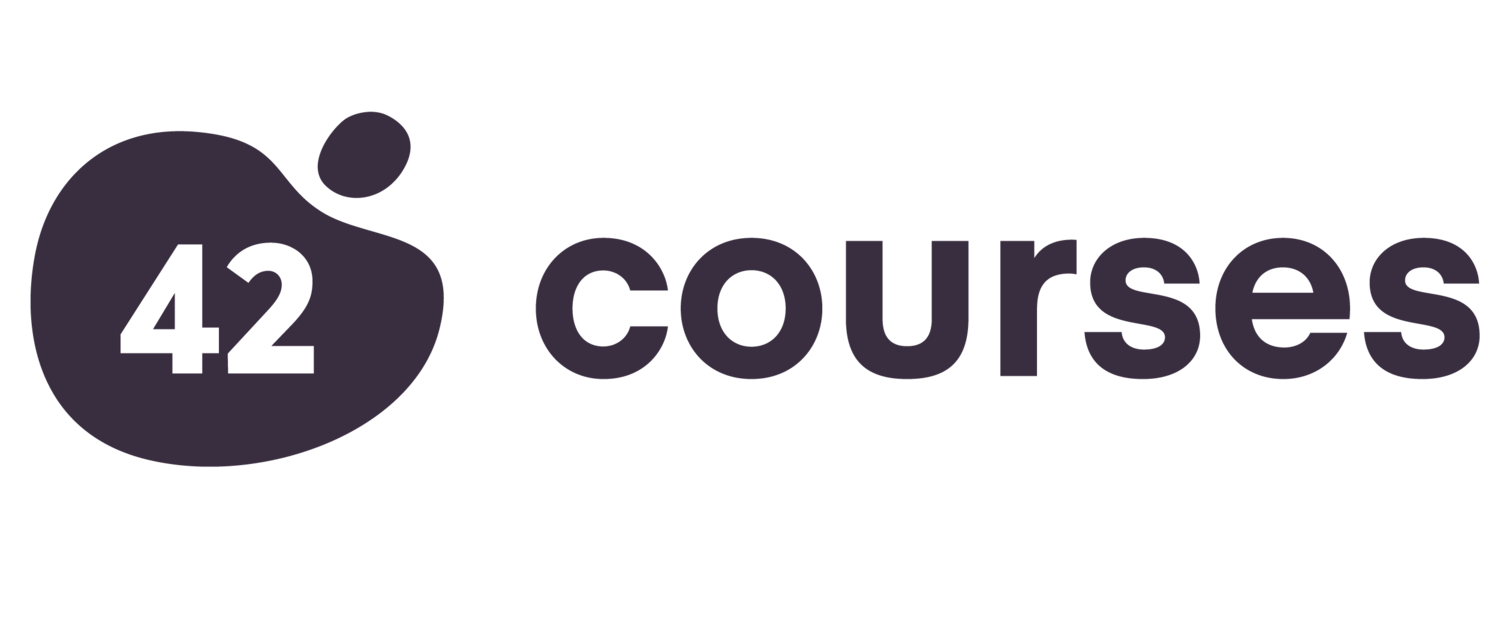How to Innovate When Something’s Already Great
It’s easy to spot when a product is broken. What’s harder? Knowing how to improve something people already love.
Most brands approach this the traditional way: by tweaking features. Louder bass on headphones. A new limited-edition ice cream flavour. A slightly sleeker version of last year’s shampoo bottle.
These aren’t bad moves. They can boost short-term sales. But they’re not game-changing. They’re not real innovations.
So how do you unlock bold innovation when the product already works?
You stop asking what the product does.
And start asking what job people are hiring them to do.
Innovation through Jobs to Be Done
Harvard Business School professor Clayton Christensen framed it perfectly with the Jobs to Be Done theory.
People don’t just buy products. They hire them. For emotional, social, and functional reasons.
A pair of noise-cancelling headphones might be technically designed for audio clarity. But when someone wears them on a train to avoid small talk, they’re not buying sound. They’re buying space. Or privacy. Or control.
This is where real innovation begins.
“Understanding the job allows you to build the product people didn’t even know they needed.”
— Clayton Christensen
You can explore the core ideas behind this theory here.
Start by asking better questions
Traditional product thinking:
What features do people want?
Jobs to Be Done thinking:
Why are people choosing this product in this context?
What emotion or outcome are they trying to create?
What alternative were they considering?
When you ask why, you uncover patterns that feature tweaks miss entirely.
A few surprising jobs products are hired to do
Ice cream
Most assume people buy it because they like the taste.
But people often “hire” it for comfort.
A pick-me-up after a hard day. A moment of reward. A shared treat with kids. That means innovation could happen not in flavour, but in packaging, portioning, or messaging around emotional states.
Snacks
People buy different snacks depending on who they’re with.
The snack you pick for a solo Netflix night is not the same one you bring to a work party.
So innovation might mean creating snack bundles based on occasion, not flavour profiles.
Paint
Farrow & Ball didn’t make radically better paint.
They made it easier to choose. Instead of overwhelming people with hundreds of options, they named colours by room use: “Reading Room Red,” “Drawing Room Blue.”
The product stayed the same. But the innovation was in clarity and context.
Luxury cars
Rolls-Royce and Porsche aren’t selling horsepower.
They’re selling identity. They appeal to different worldviews.
So innovation isn’t about speed or seat design. It’s about the attitude to life that the brand embodies.
Why this matters
When you discover the real job your product is being hired to do, you shift from tweaking features to solving deeper problems. You stop iterating. And start truly innovating.
You also gain a deeper understanding of how to price, position, market, and sell.
The same approach works in service businesses, software, entertainment, education—anywhere people make choices.
Your next step
If you want to innovate more meaningfully, start by asking your customers:
When did you last use this product?
What were you hoping it would help you do?
What else might you have used if this didn’t exist?
You’ll find that even the most ordinary products are doing extraordinary jobs.
Your task is to understand those jobs—and build even better ways to deliver them.
To explore this in more depth, you can check out our Innovation course. It breaks down the tools, case studies, and mindset behind some of the most successful innovation strategies in business.






